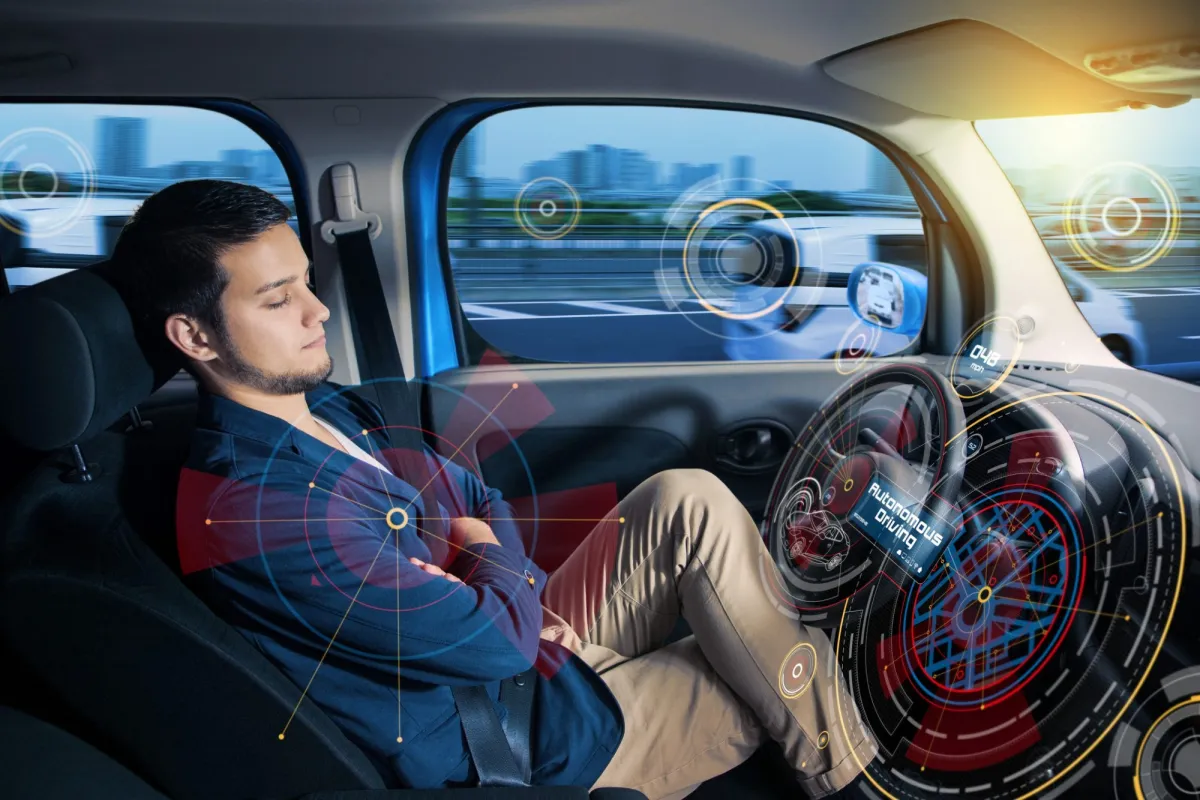Autonomous vehicles (AVs) have moved beyond sci-fi movies into real life reality for many people, becoming an everyday transportation option that could drastically reduce accidents and congestion on roadways.
Autonomous cars present many unique challenges; let’s examine some of them here.
Safety Concerns
Waymo, Uber and other technology companies currently provide ridesharing services with autonomous cars available for public use. Automobile manufacturers like Tesla, Ford, BMW and GM are working on creating autonomous cars as well.
Safety should always be top of mind for self-driving vehicles as accidents caused by human drivers could increase exponentially. To reduce fatalities from vehicle collisions and minimize errors made by human drivers, less error-prone software and sensors which do not become affected by environmental conditions or bad weather will need to be implemented in these autonomous cars.
Technology behind these vehicles uses an array of sensors to generate and maintain an accurate map of its surroundings. Radar detects other vehicles and obstacles; video cameras capture road signs; pedestrian identification is tracked using video; while Lidar pulses light pulses off its surroundings to measure distances and identify objects.
Other concerns related to risk compensation arise ethically. This occurs when people mistakenly believe a technology is safer than it actually is and engage in riskier behavior due to this illusion of safety; an example being when some use Tesla Autopilot while texting or watching videos on mobile phones while driving even though Tesla warns against doing this. Furthermore, widespread adoption of AVs could displace millions of workers employed in transportation industry, public transit funding, law enforcement firefighting and road maintenance jobs as well as employment in related fields like law enforcement firefighting and road maintenance jobs – making public transport funding unstable and further increasing employment prospects within fields like law enforcement, firefighting and road maintenance jobs as well.
Cybersecurity Issues
Autonomous vehicles rely on complex systems of sensors and connectivity for real-time decisions, exposing them to cyber attacks by hackers that gain access to vital vehicle functions – potentially leading to accidents or providing passenger data to untrusted parties.
One such demonstration occurred in 2017 when security researchers Charlie Miller and Chris Valasek demonstrated how an unsuspecting Jeep Cherokee could be remotely controlled to shut off its engine and disable its brakes, thus underscoring the need to develop solutions that protect autonomous car software.
Current automotive embedded systems use low-power processors; however, autonomous vehicles (AVs) will require much faster and more powerful computers in order to be safe for widespread use. One possible long-term approach would be adopting 5G data networks that offer ultralow latency and high availability; this will give onboard computers enough computing power so they can respond rapidly to threats in milliseconds.
While autonomous vehicles (AVs) offer many benefits to society, they also create new issues. If widely deployed, AVs could displace millions of workers employed as taxi or ride-sharing drivers or providing taxi or ride-sharing services – which could cause disruptions in employment, negatively affect public transportation funding and compound inequity in transportation systems.
Privacy Concerns
Autonomous vehicles present several privacy challenges. Their technology collects extensive personal information on both drivers and passengers that is then used by autonomous systems for navigation purposes; yet some remain concerned as to how this information is being utilized or whether its security can be ensured.
Concerns have also been expressed over software bugs in self-driving cars. This could create dangerous situations; for instance, in March 2018 a Tesla on autopilot collided with a highway lane divider after its driver did not respond to audible or visual warnings that his hands should be on the wheel.
Concerns have also been expressed over how self-driving cars will perform in adverse weather conditions. Snow and rain can interfere with sensors while wind gusts could cause vehicles to lose control. Furthermore, questions have been raised as to how these vehicles will interact with other road users.
Automotive manufacturers and technology companies have taken steps to overcome these challenges by increasing automation in their vehicles. They have partnered with ridehailing services to develop fleets of autonomous vehicles; yet it remains uncertain when these will be ready for public use – as training them across a wide variety of driving conditions may take time before becoming safe enough to use.
Regulatory Issues
Concerns surrounding autonomous vehicle development range from safety concerns to instantaneous decision making; all require large amounts of data collection: IBM estimates that each autonomous test vehicle collects an estimated daily data haul of one terabyte.
Other issues related to autonomous vehicles (AVs) include their lack of clear minimum safety standards and their potential to encourage riskier behavior. One study suggests that people will only ride in an autonomous car if it is 10 times safer than an average human driver – known as “risk compensation”.
Another issue surrounding autonomous vehicles (AVs) is their capacity to alleviate congestion. Traffic costs cities a tremendous economic cost. By enabling vehicles to travel closer together in narrower lanes, autonomous vehicles could help ease this congestion; however, extensive testing is required to ensure that it works successfully under various conditions.
Though these concerns exist, autonomous vehicles (AVs) are expected to gain rapid acceptance. Automakers are already working on models reaching Level 3 autonomy; transportation network companies like Lyft are working closely with automobile and technology manufacturers in providing fleets of autonomous cars for passenger use; while most AVs will likely be shared rather than owned directly.

